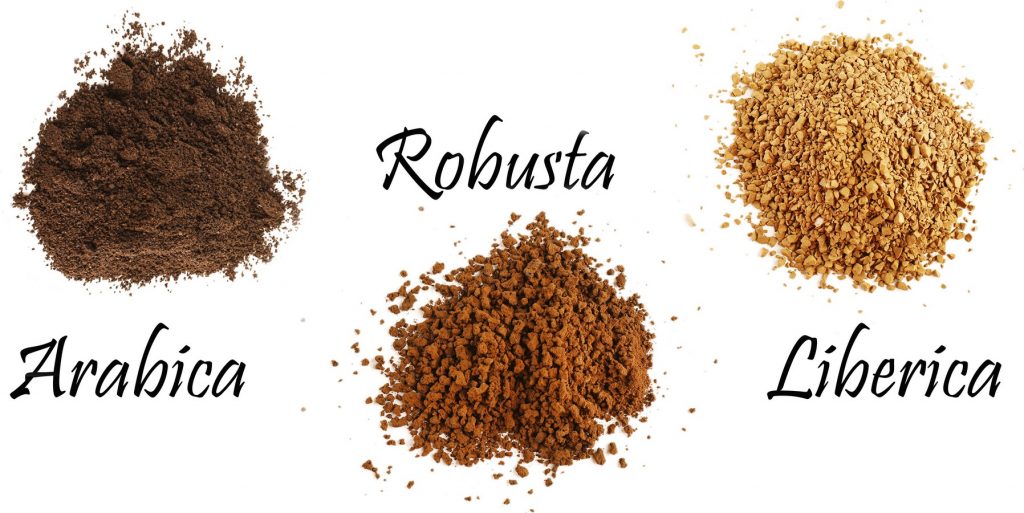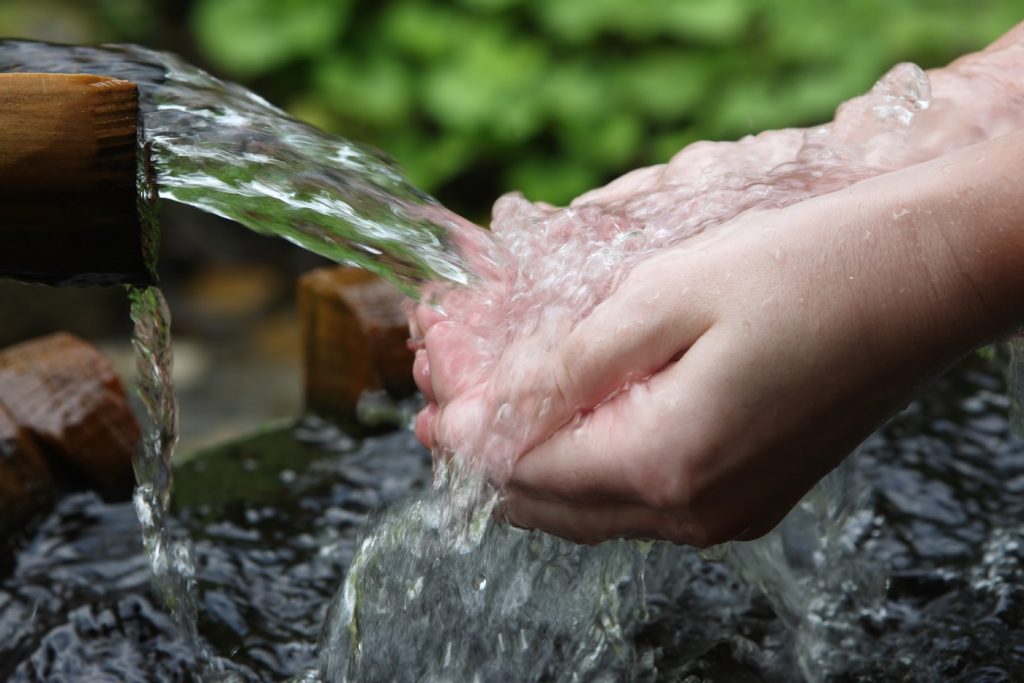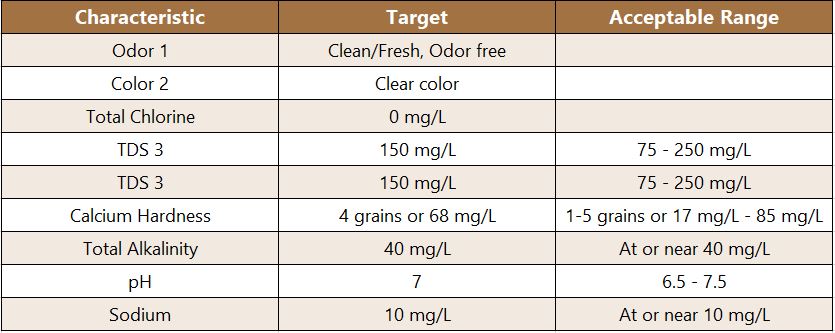
31 May Bowling Green, Do You Know What the Secret Ingredient in Coffee Is?

Making great coffee while protecting the brewing equipment requires Bowling Green employees to constantly perform a balancing act. They must choose the best type of water to find the sweet spot between preventing damage to the brewing equipment and brewing the perfect cup of coffee.
Why is the type of water so important? A cup of coffee consists of 98 percent water. That means that the beans only represents two percent of the beverage. The quality or type of water can range anywhere from “hard” (full of minerals like magnesium) to “soft” (distilled water falls into this category).
To understand the impact of hard and soft water on brewing equipment, consider the following:
- many maintenance issues are caused by water because the water comes into contact with almost every part of the machine
- for example, some compounds found in hard water are sticky and seek out specific compounds in the coffee grounds impeding the brewing process
- the more minerals the water contains (or the harder the water), the more damaging the water can be to the brewing equipment
- minerals cause scale buildup (or coat) the inner workings (pumps, boilers, and valves) of the brewing machine, causing corrosion, leaks, and ultimately, the destruction of the machine.
 If too many minerals in hard water damage the brewing system, why not use soft or distilled water? The answer to this question is why balancing the water selection is so important. The right balance of minerals in the water improves the taste of a Bowling Green cup of coffee.
If too many minerals in hard water damage the brewing system, why not use soft or distilled water? The answer to this question is why balancing the water selection is so important. The right balance of minerals in the water improves the taste of a Bowling Green cup of coffee.
To understand how hard and soft water changes the taste, consider the following:
- minerals found in water carry coffee’s body and aroma to the palate
- a high mineral content contributes to a decrease in the quality
- too much alkalinity in the water can cause a soapy taste or residue in the brewed coffee
- water that is too hard can give a bitter or chalky taste
- very little mineral content is also a problem at it causes strange extractions and off-flavors
- soft water can create a bland cup of coffee
If Bowling Green individuals are interested in monitoring the water that goes into their coffee, the following table from the Specialty Coffee Association’s “Water for Brewing Standards“ lists the acceptable characteristics for the best brewing water.

However, not everyone has the time or desire to check the mineral content and quality of their water. When that’s the case, there are several options to explore. The first is to reconsider your source for coffee beans. A local roaster will likely test their beans with local water increasing the likelihood that your Bowling Green employees will brew great tasting coffee. On the other hand, nationally recognized brands often use pure water, which can be found almost everywhere, to test their beans as they strive to create a consistent flavor nationwide. A second option is to use water that tastes good on its own. If water tastes and smells good and is clean straight from the tap, the end result will likely be tasty.
As a side note—avoid pure distilled or reverse osmosis water. While they are often recommended, they are too pure to brew coffee and will leave a lot of flavor behind. A better option is to consider installing a water filtration system in your office break room. Employees can relax knowing they don’t have to worry about the water quality, and Bowling Green employers will know the chemical makeup of the water running through their coffee brewers.
Whether your Bowling Green organization is looking for a new office coffee service or just wants to update the office break room, Van Vending can help. We offer a wide variety of customizable vending solutions including micro-markets and healthy vending. To take the first step, call us at 615.824.2000. We look forward to hearing from you.

Sorry, the comment form is closed at this time.